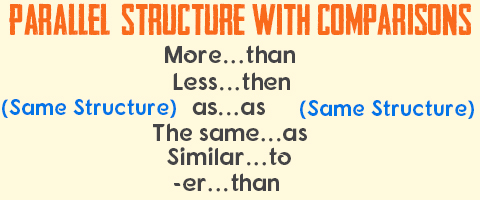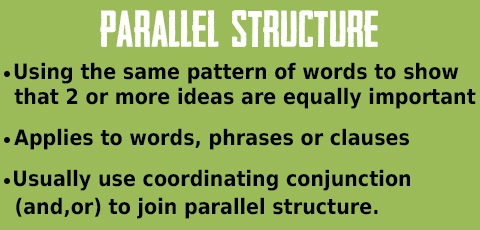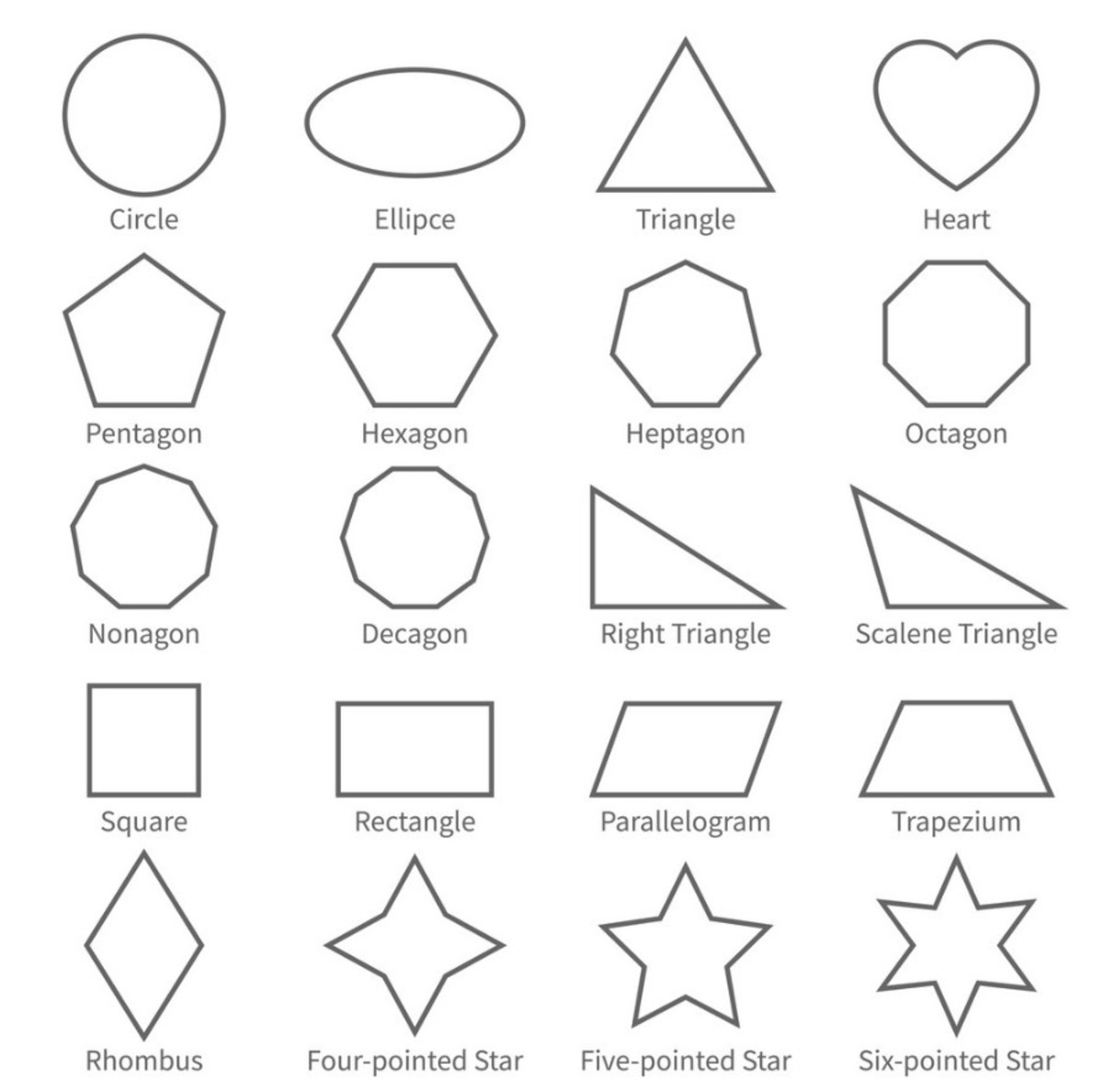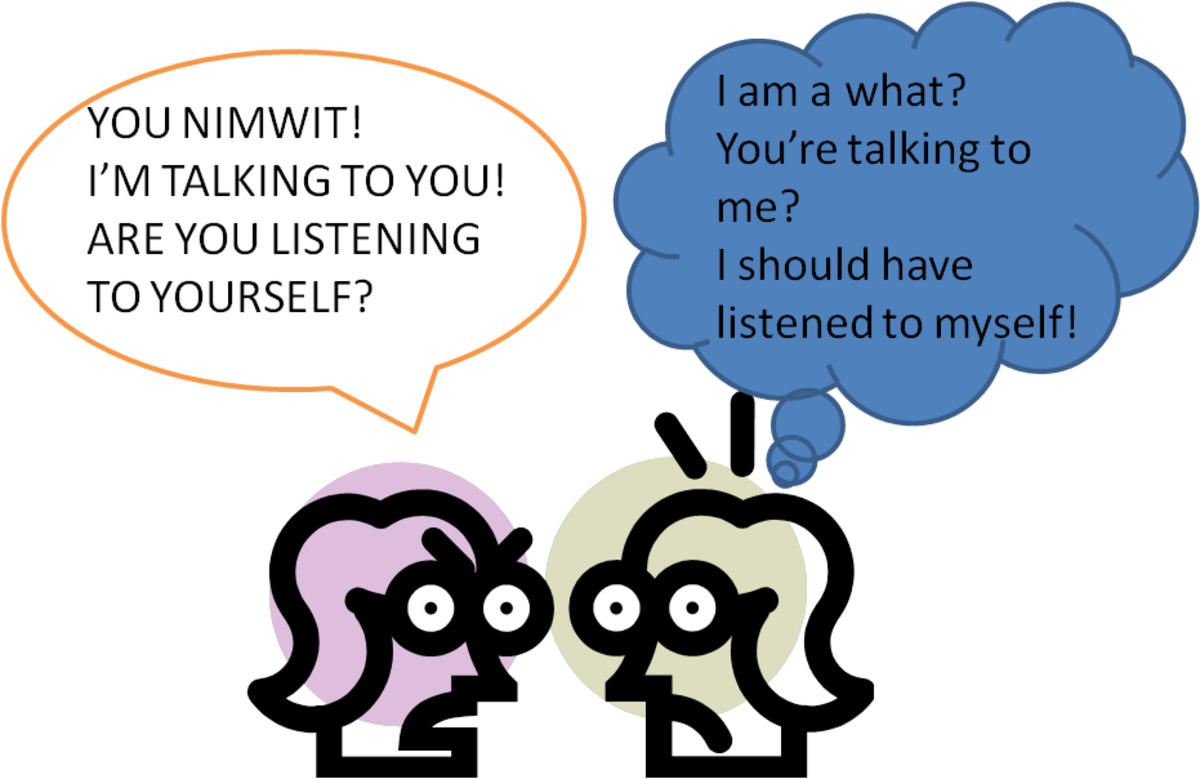Using Parallel Structure to Create the Right Sentence

Parallelism can make a sentence memorable by lending grace and poise to writing. When words within a sentence that have a sequence of words or phrases that are combined by constant use of grammatical forms, when structured in a parallel form in order to stable the words or phrases is called Parallel structure or parallelism or parallel construction. Parallel structure adds clout and lucidity to writing, increasing the readability of writing by creating word forms that readers can follow easily.
Lack of parallel structure can interrupt the rhythm of a sentence, leaving it grammatically unstable. By making each related item or idea in a sentence, trail the same grammatical array, one can create a parallel construction. In short, Parallel structure (also called parallelism) is the reiteration of a preferred grammatical form within a sentence helping readers categorizes ideas on a first read of the text.
If the first item is a verb, then the following items must also be verbs; if the first action is a simple past tense noun, then make the other things simple past tense nouns as well. Parallelism is used as a stylistic and stylistic device in prose, literature, speeches, marketing, promotions and popular songs.

Let’s consider an Example:
Jenna plays the piano.
Jenna plays the violin.
Parallelism = Jenna plays the piano and the violin.
Compare the following sentences
Not Parallel:
Alena likes hiking, the festival, and to take afternoon naps.
Parallel:
Alena likes hiking, attending the festival, and taking afternoon naps.
OR
Alena likes to hike, attend the festival, and take afternoon naps.
Other Examples:
- Nancy likes playing the keyboard, the trumpet and the guitar.
- You can apply to the contract by filling this form or you can apply by phone.
- You must wear either your suit or your tux.
- The reporter not only wrote her sources but also spent many hours in the library.
- I walked home from work on Friday, so I picked up food from a standpoint near my house
Use Parallel Structure with
- Lists
- Coordinating Conjunctions
- Correlative Conjunctions
- Phrases of Comparison
- Clauses of Comparison
Errors in parallel structure often occur with correlative conjunctions: either … or; neither … nor; not only … but also; both … and; whether … or. When you have more than one verb in a sentence, ensure to make the verbs parallel by not shifting tenses unreasonably. It’s likely advised not to shift from an active to a passive verb. When sentences contain a series, ensure different grammatical structures for the things are not used.
Parallelism follow certain rules they are used to balance participles with participles, clauses with clauses, nouns with nouns, infinitives with infinitives, prepositional phrases with prepositional phrases. Parallelisms are used with features when being compared and when features are joined by linking words. It can create a quaking effect for the reader as well as grammatically incorrect arrangement.








